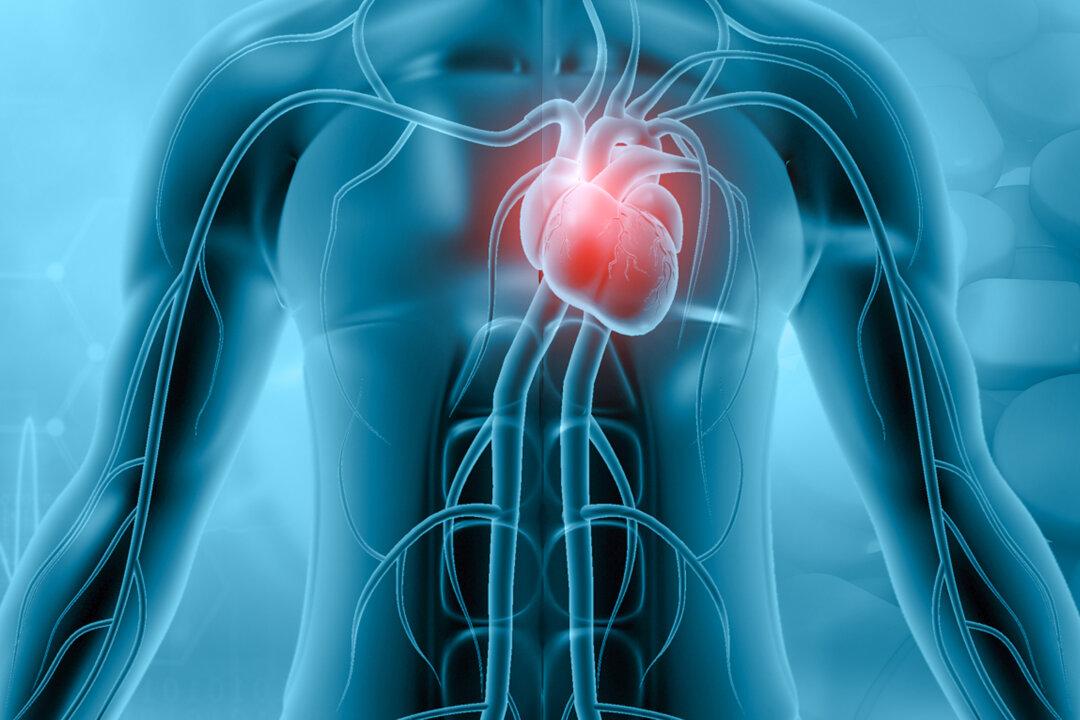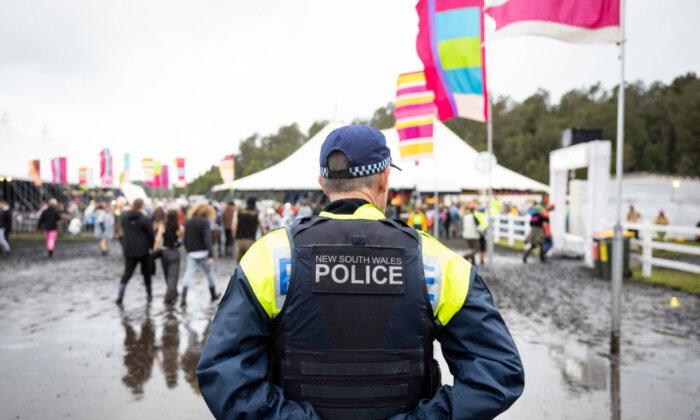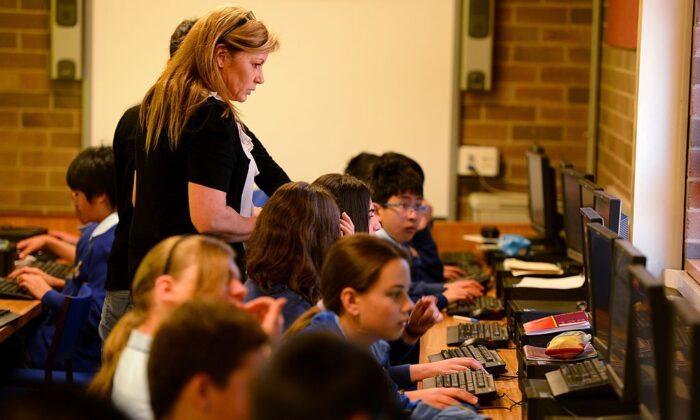The Albanese Government is spending $50 million (US$32.8 million) to create and sell the world’s most advanced artificial heart, a breakthrough technology poised to halve global deaths from heart failure.
The technology mimics a natural heart using advanced magnetic levitation, providing heart failure patients with over ten years of an active lifestyle for the first time.
The journey began when Australian inventor Daniel Timms and his plumber dad made heart prototypes from materials bought at Bunnings.
Following his dad’s death from heart failure, Mr. Timms vowed to develop the heart as part of his Ph.D. project twenty years ago, and now it is set for its first human trial.
“What we’re doing is using a spinning disk that essentially wooshes the blood around the body instead of beating it around,” the 2023 Qld Australian of the Year Nominee explained.
He added that the heart uses magnetic levitation technology is what sets it apart, as the magnet works to rid the heart of any mechanical wear, making it “extremely durable.”
Mr. Timms highlighted the shortage of donor hearts to meet heart failure patients’ needs.
“Even the donor heart is not without its challenges with immunosuppressants,” he said.
Therefore, the life-saving device will be implanted in a patient as soon as it is needed.
“And we’re really at the starting line for that to happen in the next year,” he added.
“No doubt this technology is going to save a lot of people in the future, and the government is really allowing us to put our best foot forward.”
Health Minister Mark Butler announced the third-largest grant in the nearly ten-year history of the Medical Research Future Fund on Feb. 20.
Blood Compatibility Tests
Associate Professor Michael Simmonds from Griffith’s Mechanobiology Research Laboratory conducted unique tests on the heart to ensure it is “blood friendly.”After testing, he noted a considerable improvement over current devices, which typically maintain a fixed blood flow rate, which can lead to various issues for patients such as not adapting to the body’s changing needs, causing patients to be breathless.
“Especially for the 95 percent of those with heart failure that are unable to receive native heart transplants.”
Mr. Simmonds said it comes following extraordinary collaboration among engineers, designers, scientists, and medical experts, united to tackle the challenge of heart failure.
This expert collaboration marks a global milestone, where the device is digitally designed, assessed through simulations and physical testing, and approved for clinical use.
“Nothing has been overlooked. Even down to the patient-device interface being guided by industrial design experts that will ensure user-friendly technologies,” he assured.
Mechanical and Aerospace Engineering Associate Professor Shaun Gregory affirmed that technology advancements extend beyond just the development of the heart.
He mentioned that the novel innovations spanning 15 years, from 2022 to 2036, are projected to generate at least $1.8 billion for the Australian economy.
Heart Defect Patients Awaiting Groundbreaking Device
In Australia, heart failure affects 500,000 people, with over 50,000 new diagnoses each year.Globally, over 64 million patients are affected, and its prevalence is increasing with an aging population.
Heart failure usually gets worse over time, leading to poorer quality of life, more hospital visits, and, ultimately, shorter lifespans for patients.
One of those patients is Peter Callinan, 48, who currently relies on the existing heart device, having undergone surgery for a congenital heart defect at 18 months old at Melbourne’s Royal Children’s Hospital.
“I’m on the list for a heart transplant. I’ve been on the list since about June/July last year. Only 100 or so Australians are lucky enough to receive a transplant each year.”
He said the new heart is “extremely exciting” for those awaiting transplants.
“Heart failure is a term I’m coming to terms with as many thousands are around Australia, but to be here in Australia I couldn’t be in a better spot for potentially having things rectified,” he said
Clinical trials will start at the Alfred in Melbourne and St Vincent’s Hospital in Sydney, with the heart anticipated to be available as early as 2031.







